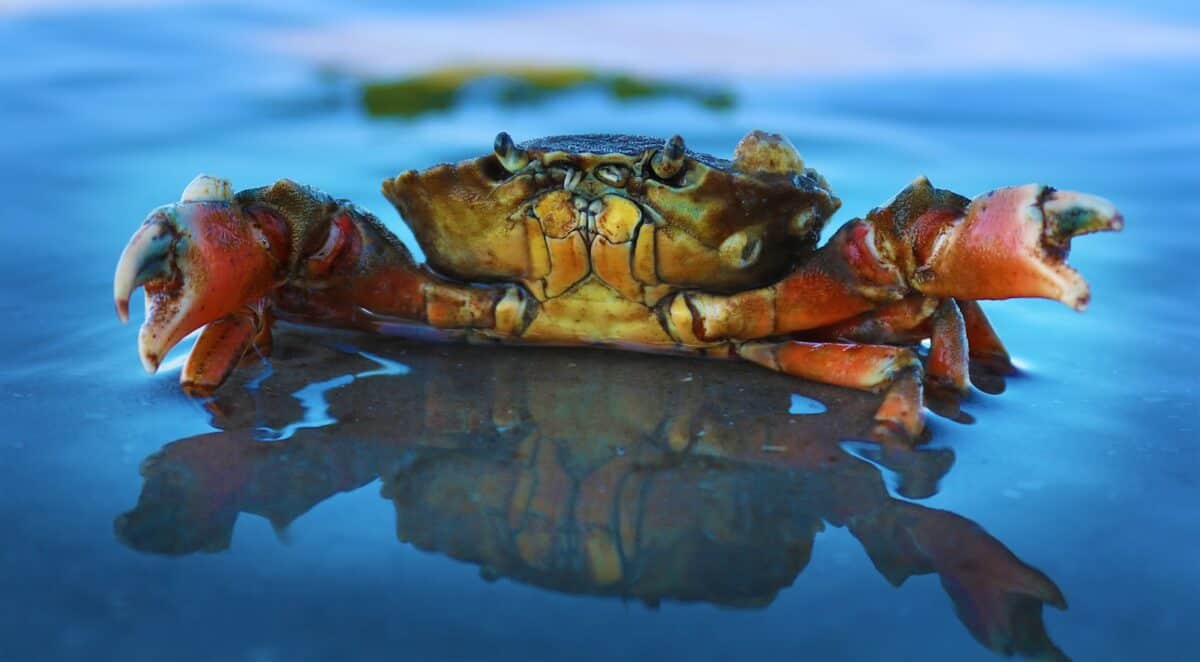The deep sea is one of the most enigmatic and unexplored regions on Earth, a realm of perpetual darkness and immense pressure. Yet, it teems with life forms that defy our conventional understanding of biology. Many of these creatures showcase bizarre adaptations to survive in such forbidding conditions, leaving us in awe of nature’s ingenuity. Dive with us into the depths of the ocean to discover twelve astonishing deep-sea creatures that seem to belong to another world.
12. Giant Isopod

Resembling an oversized roly-poly or pill bug, the giant isopod (Bathynomus giganteus) can grow up to 30 inches in length. Found in the cold depths of the Atlantic, Pacific, and Indian Oceans, these crustaceans are scavengers, feeding on the carcasses of whales, fish, and squid. Their adaptability to survive long periods without food is a testament to their resilience in the sparse deep-sea environment.
11. Anglerfish
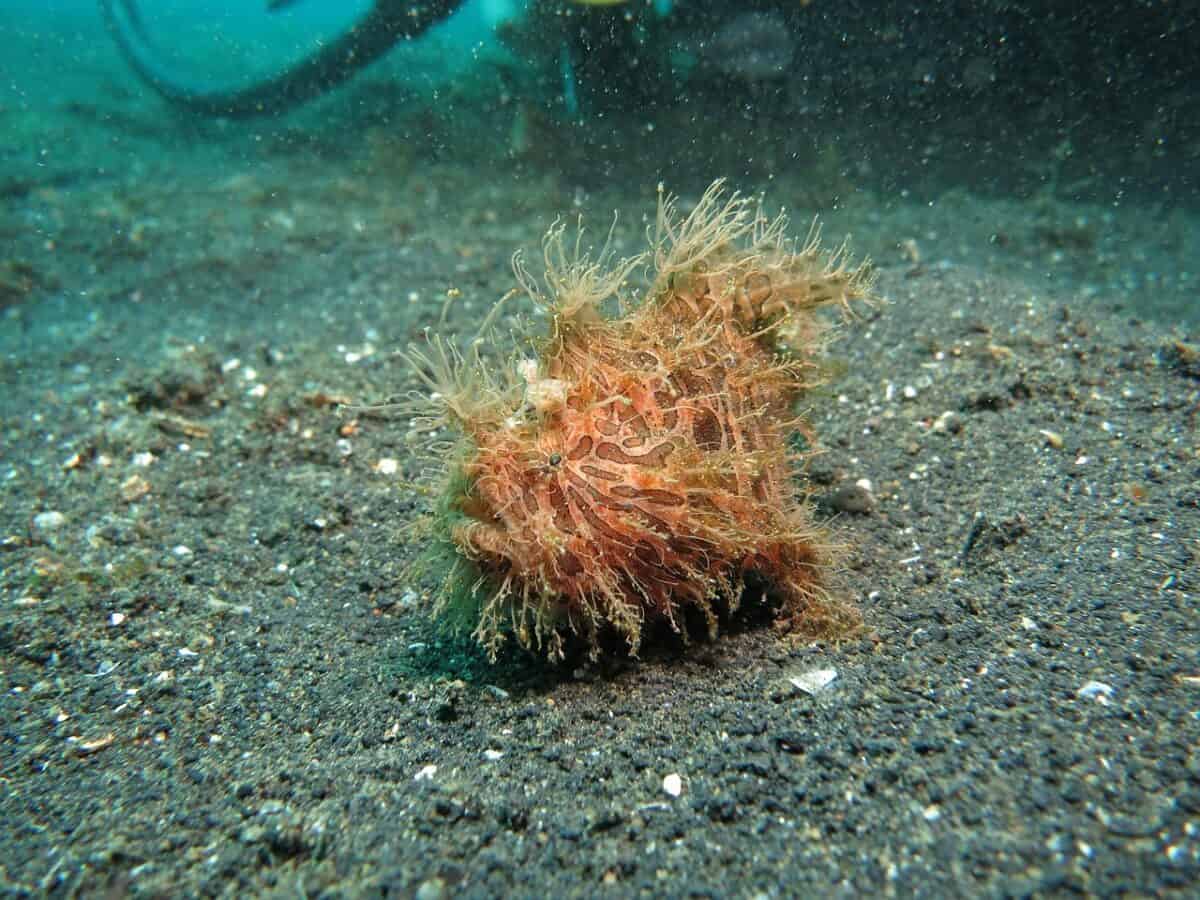
The anglerfish is best known for its unique hunting adaptation—a bioluminescent lure protruding from its head. Found at depths of up to 6,600 feet, the eerie glow of its lure attracts prey toward its wide, tooth-filled mouth. Female anglerfish are much larger than males, with some species exhibiting parasitic reproduction where the male permanently attaches to the female.
10. Dumbo Octopus

The endearing dumbo octopus, named for its ear-like fins resembling Disney’s Dumbo, inhabits depths of up to 13,000 feet. These gentle creatures are relatively small, reaching just a foot in length. Unlike many sea dwellers, they lack an ink sac, as predators are scarce in the extreme depths of their habitat. The dumbo octopus glides gracefully through the water, propelled by its mantle and fins.
9. Vampire Squid

The vampire squid (Vampyroteuthis infernalis) dwells in oxygen-minimal zones of the deep sea, thriving in extreme hypoxic environments. Despite its name and appearance—complete with webbed arms and a cloak-like body—the vampire squid is not a fearsome predator. Instead, it feeds on marine snow, a mixture of organic debris that sinks from upper layers of the ocean.
8. Goblin Shark

This “living fossil” with an elongated, flattened snout is the goblin shark, a species dating back 125 million years. Rarely seen by humans, it resides at depths up to 4,300 feet. The goblin shark’s most striking feature is its terrifying jaw, which can be protruded forward to snatch unwary prey, highlighting a remarkable evolutionary adaptation for hunting in the dark.
7. Fangtooth Fish
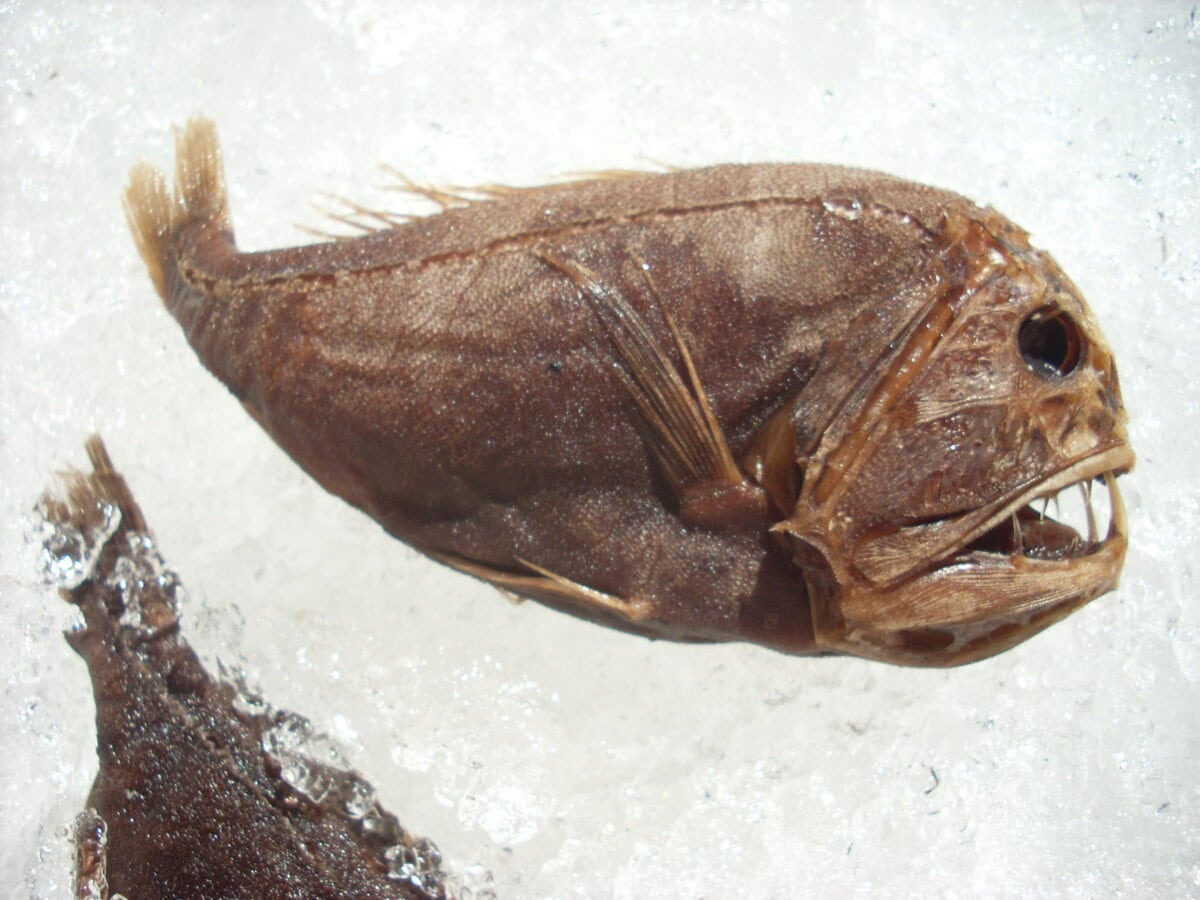
With disproportionately large teeth and a menacing appearance, the fangtooth fish seems like a creature from a horror movie. Yet, this small, deep-sea predator, found at depths of up to 16,400 feet, poses no threat to humans. Its oversized teeth serve a vital function, allowing it to catch and devour prey much larger than itself, a necessity in the scarce feeding grounds of the abyss.
6. Deep-Sea Dragonfish

Adaptation is the name of the game for the deep-sea dragonfish. This predatory fish has a long, slender body equipped with bioluminescent photophores, which it uses for communication and prey attraction. Its ability to produce light beneath its eye scales is not just for hunting but also a strategy to counter the light produced by other creatures, blending seamlessly into the dark environment.
5. Frilled Shark

The frilled shark possesses a prehistoric aesthetic, with a body resembling an eel and rows of needle-like teeth. Often considered a living fossil, this deep-sea denizen inhabits depths of up to 5,000 feet. The frilled shark’s feeding habits remain mostly a mystery, but it’s believed to lunge at prey with its flexible jaw, much like a snake, swallowing creatures whole.
4. Barreleye Fish
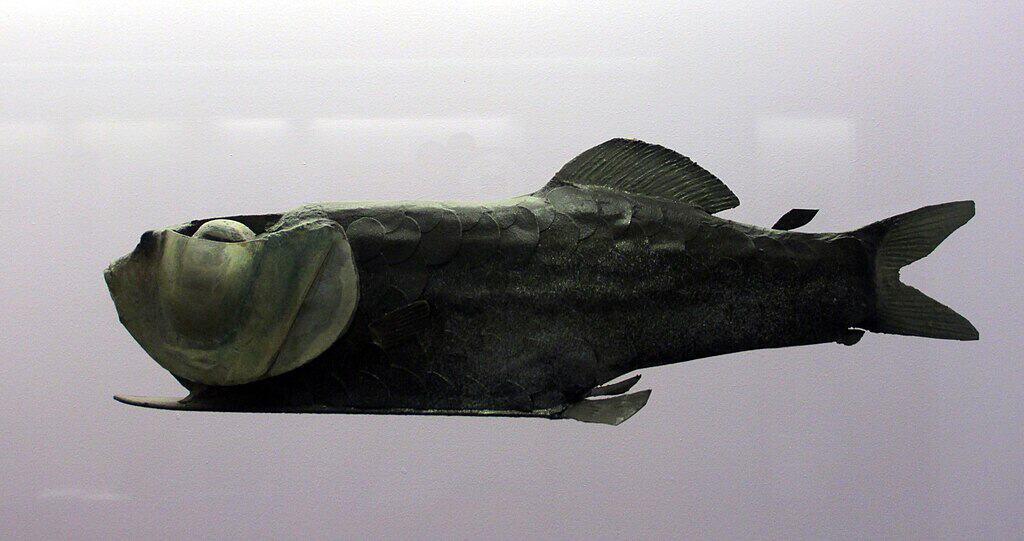
An extraordinary discovery, the barreleye fish has a transparent head through which its eyes—tubular and capable of rotating—peer upwards to spot prey silhouetted against dim light. This adaptation is invaluable for its lifestyle at 2,000 to 2,600 feet below the surface. The strange positioning of its eyes is key to tracking and capturing jellyfish, the mainstay of their diet.
3. Sea Cucumber

The sea cucumber might not look remarkable at first glance, but its ecological role in the deep sea is critical. These creatures process sediment on the ocean floor, recycling nutrients back into the ecosystem. Despite their simplicity and sluggish movement, some species can expel their internal organs to repel predators—a mechanism illustrative of the harsh survival strategies in place at oceanic depths.
2. Gulper Eel

Distinctive with an enormous, loosely hinged mouth, the gulper eel (or pelican eel) can swallow prey much larger than itself, enabling its survival in the deep’s desolate conditions. Found at depths up to 10,000 feet, this eel-like creature exhibits an expandable stomach and bioluminescent tail, serving as both an alluring bait for prey and an intimidatory display to potential threats.
1. Yeti Crab
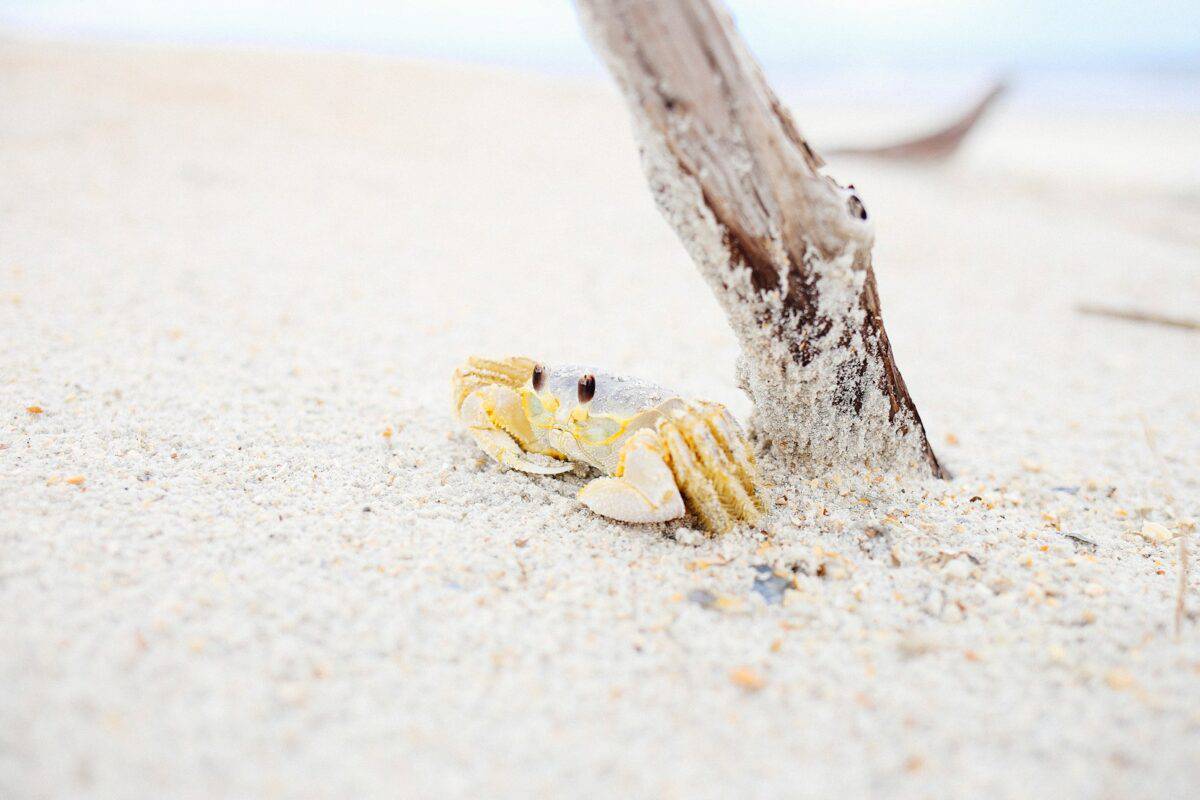
Named for its hairy pincers that resemble the legendary abominable snowman, the yeti crab was discovered near deep-sea hydrothermal vents. These crustaceans farm bacteria on their “hairy” arms, which they then consume. This remarkable lifestyle is a prime example of the symbiotic relationships developed in extreme environments, showcasing nature’s ability to adapt and thrive against all odds.
The deep sea remains largely unexplored, yet the creatures uncovered thus far ignite our imagination and drive scientific inquiry. These fascinating beings showcase extraordinary adaptations, each a testament to survival in one of Earth’s final frontiers. As we continue to explore and study the depths, who knows what otherworldly wonders await discovery in the ocean’s dark and mysterious heart?
- The Coldest Town in America—And How People Survive There - August 9, 2025
- How Some Birds “Steal” Parenting Duties From Others - August 9, 2025
- 12 Deep-Sea Creatures You Won’t Believe Exist - August 9, 2025

